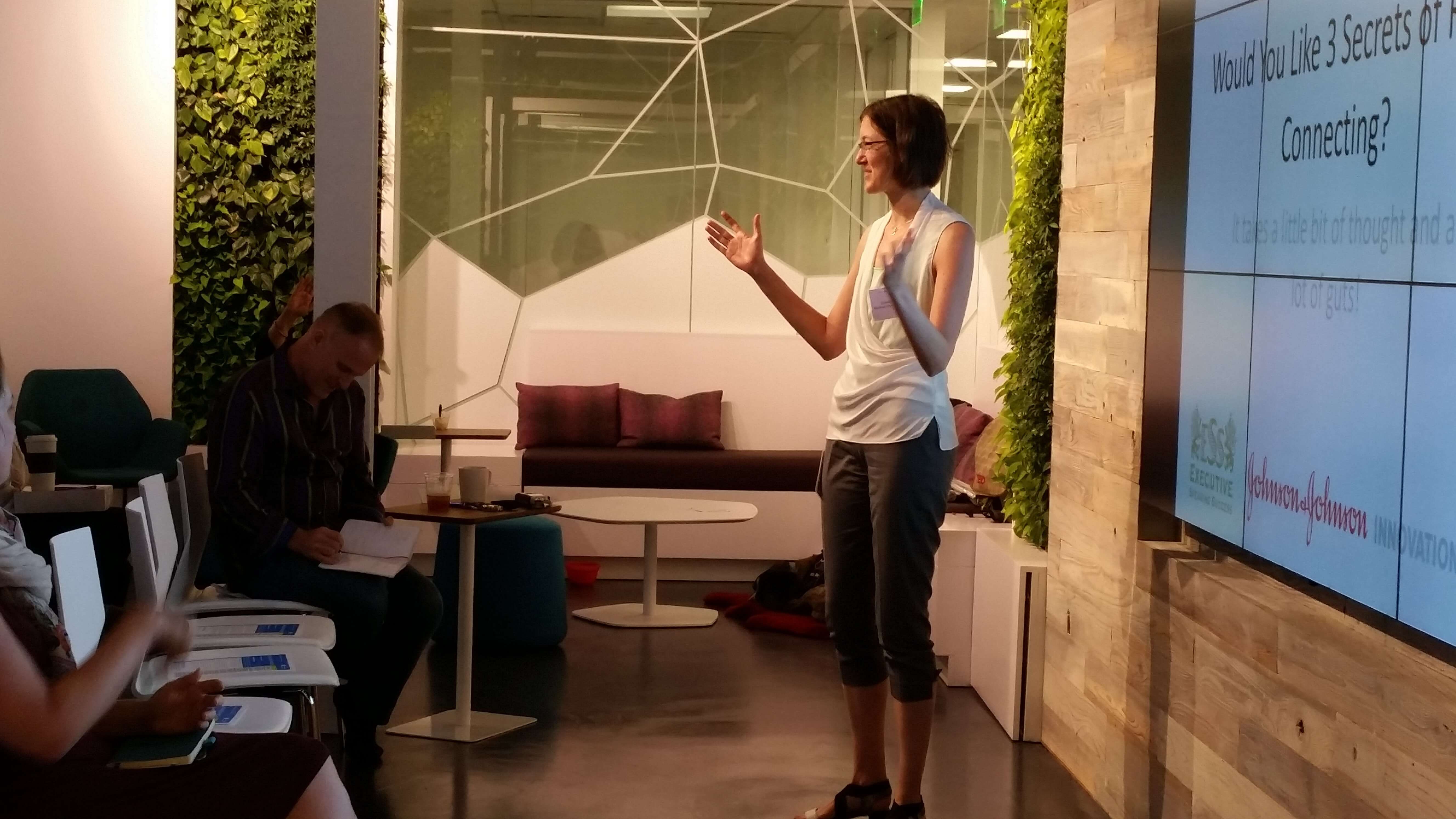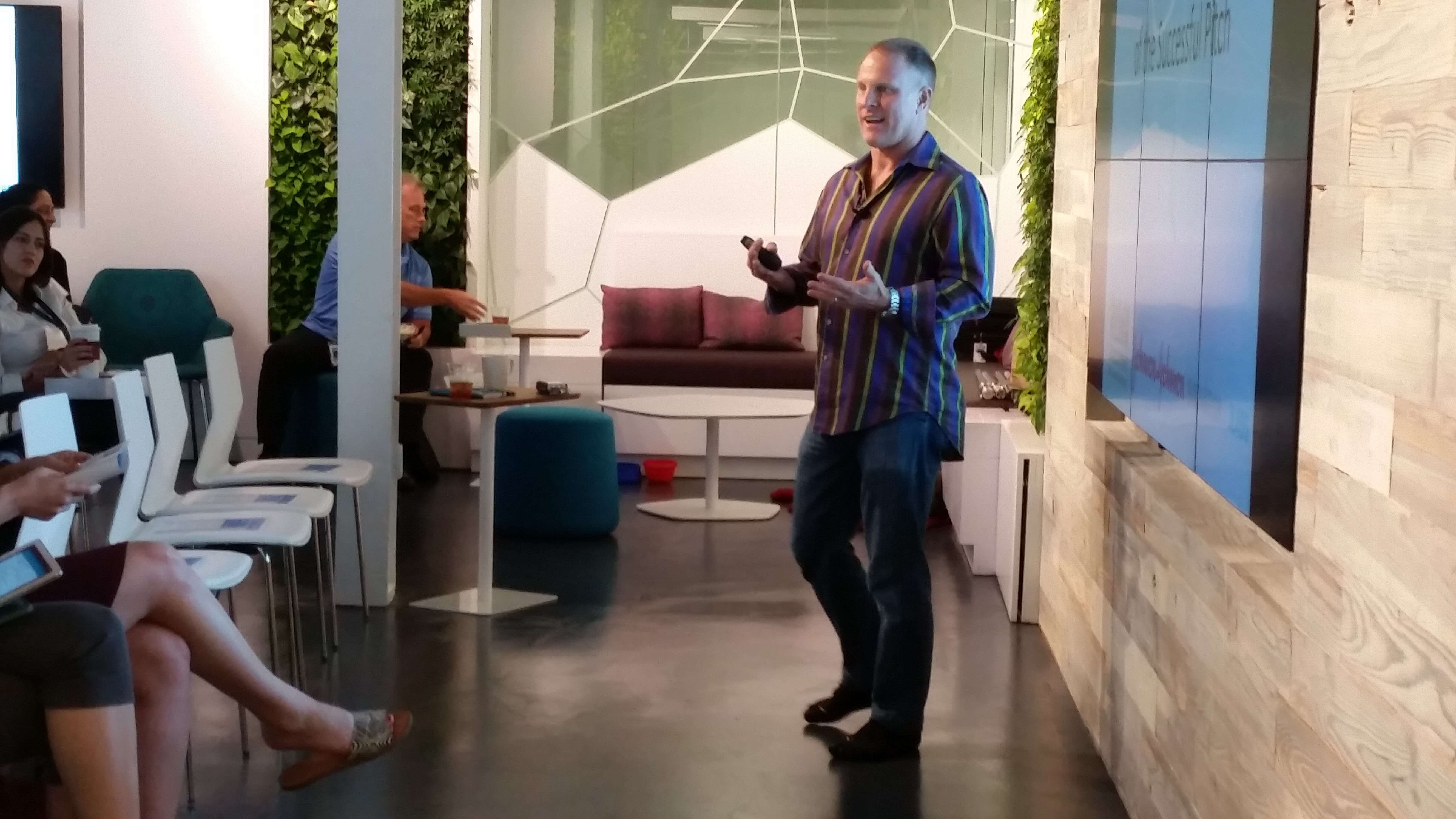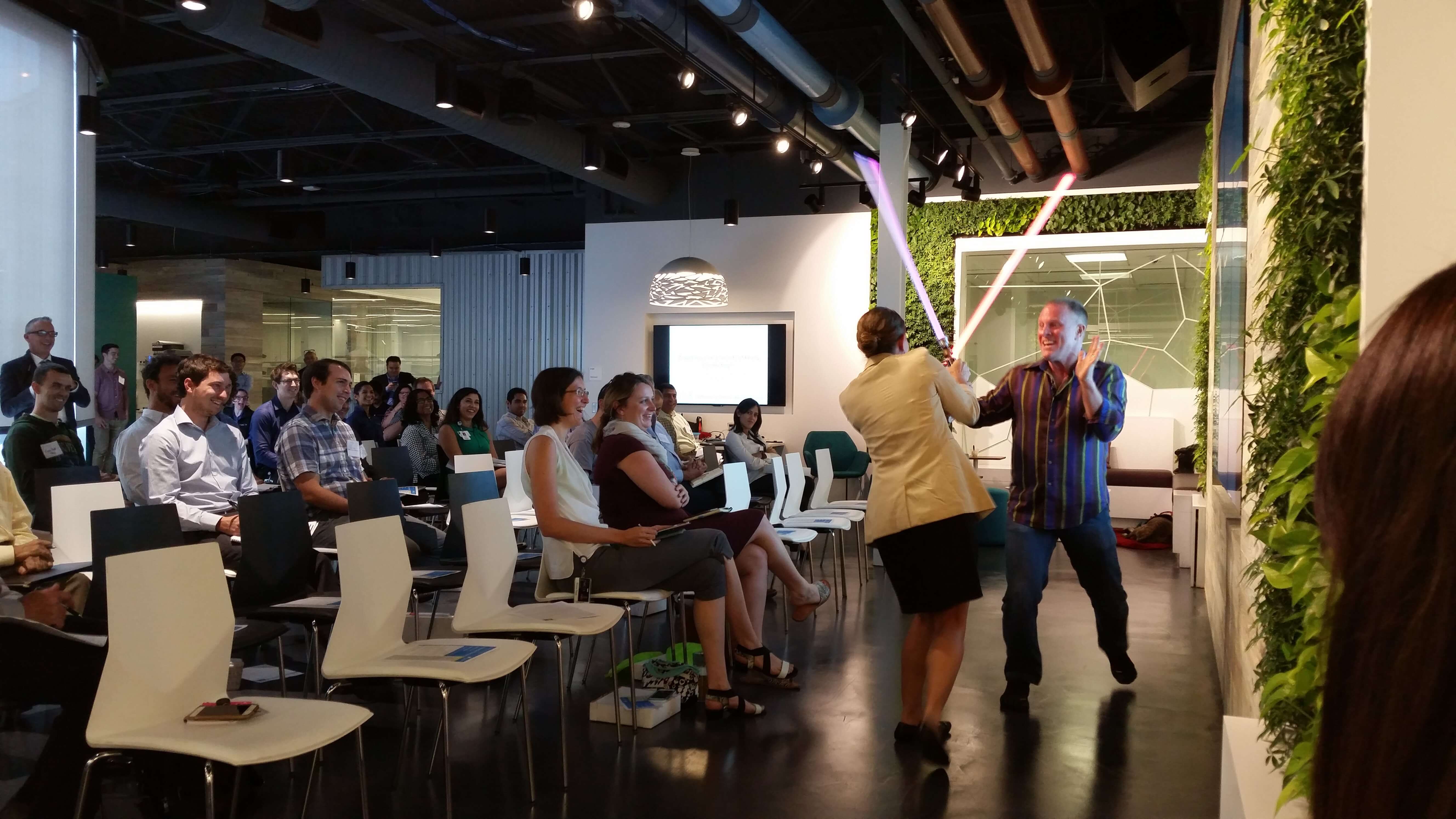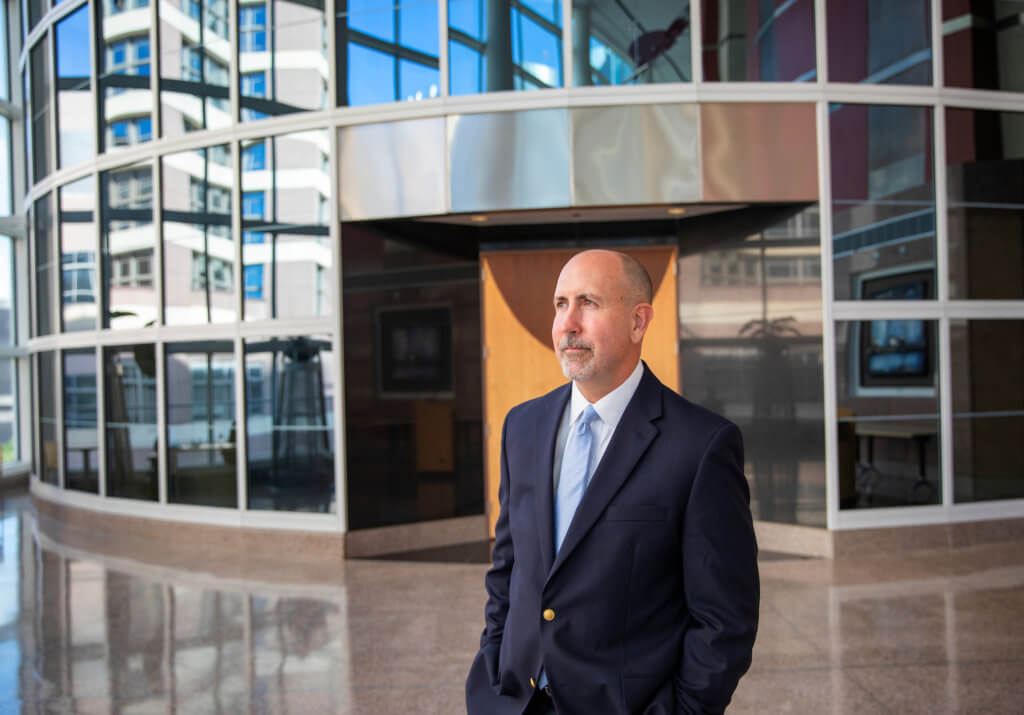John Bates coaches TMC startups on the right way to craft a pitch
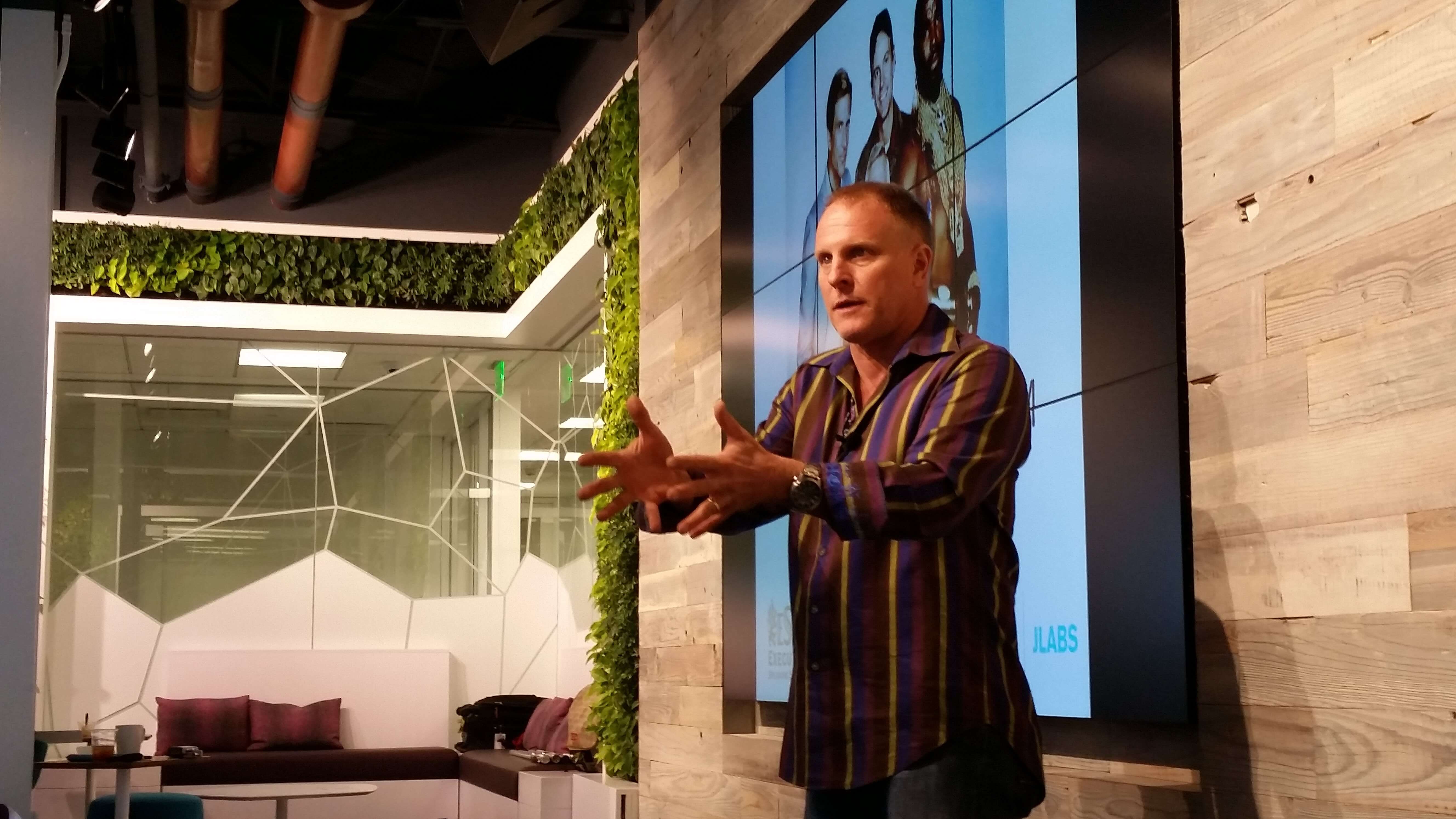
When Medical Informatics CEO Emma Fauss, Ph.D., got up to give her company pitch, she had poise and a call to action. That earned her a thumbs-up from one important person in the audience.
John Bates, CEO of Executive Speaking Success, was feverishly taking notes during Fauss’ speech. After, he said she had done a good job, but with one caveat — that she introduced herself after he had already done so.
“Did you not like how I introduced you?” he asked her in a jovial manner.
Most people would not want to be singled out in a case like this, but the audience was filled with entrepreneurs who came to hear Bates give his “It Must Be Pitch Craft” workshop at Johnson & Johnson Innovation’s JLABS @ TMC, hoping to walk away with tips on how to create better company pitches.
Bates began working with startups in 1994, with a goal of helping them avoid many of the mistakes he made while trying to do everything from internal presentations to getting funding from investors.
For those who didn’t have the pleasure of attending — and missed one heck of a light saber fight — here’s a breakdown of his words of wisdom.
- Communicating with human beings is not logical, it is biological. Make an emotional connection to the audience, essentially warm up the room, put people at ease and then hit them with the logic.
- People mirror what they see. Make a bad face, and the audience will too. “If you give them something to good to mirror, they will be a good audience,” Bates said.
- Maintain good body language and avoid micro gestures. He advises acknowledging all of the chaos going on in the mind, getting rid of it and replacing the thoughts with something inspiring about the audience.
- When it comes to pitching to investors, these are some of the things they want: Demonstrate teamwork, be likeable and don’t always think shallow. Instead of saying “If we can just get 2 percent of $2 billion marketplace, we will be good,” say “It’s a $2 billion marketplace, and we will show how we can monopolize 2 percent of it.
- Some of the biggest mistakes in pitching happen when people:
- Don’t communicate clearly: “Something unclear will go to the bottom of the pile,” Bates said;
- Insist on telling the entire story: “Your job is to explain enough so they want a second meeting,” he said; and
- Are naïve, which Bates says is another word for lazy.
Some of Bates’ parting advice: “Don’t be the hero of your talk. Make the audience the hero.”

